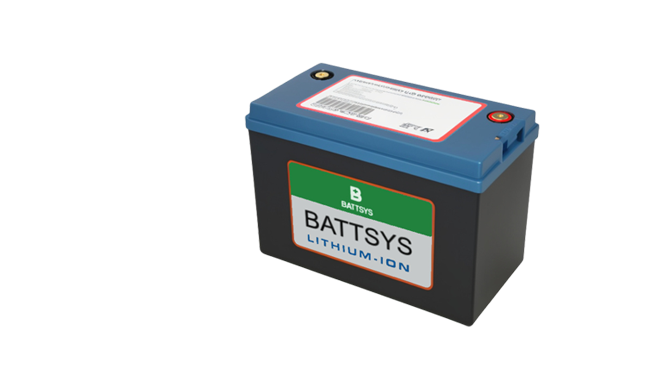Elaborate on the gap between Japanese lithium batteries and domestic lithium batteries.
The production of lithium batteries used to be Japan's strong point, but now the rise of Chinese and Korean companies has attracted worldwide attention. With the advantage of policies, domestic lithium battery manufacturers in China have ushered in development opportunities, and the rapid expansion of the domestic lithium battery industry is at the right time. Japanese companies have accelerated their investment in the lithium battery industry in recent years, building a global supply network for lithium battery raw materials. Next, we will interpret the comparison between Japanese lithium batteries and Chinese lithium batteries.
Japanese lithium batteries vs. Chinese lithium batteries

The gap in core technologies
There are not many truly innovative core technologies for
lithium battery manufacturing in our country. As a highly technology intensive industry, lithium batteries require core technology to support every aspect from materials to equipment manufacturing. In order to catch up with the lithium battery industry in Japan and South Korea, domestic enterprises have imported aluminum-plastic films, separators, electrolytes, and positive electrode materials from Japan, South Korea, and other countries. More than 30% of the domestic lithium battery materials are imported. Therefore, the manufacturing cost of domestic lithium battery cells is very high. In the past two to three years, the localization rate of separators, electrolysis, and positive electrode materials has rapidly increased, currently reaching over 90%. However, due to the scarcity of the true core inventions of these products and the fact that they have not undergone extensive experimental verification for a long time, they have been put into commercial operation. It can be seen that lithium battery materials have inherent deficiencies compared to Japan and South Korea.
The gap in manufacturing equipment
Equipment is one of the most critical parts to ensure product quality. It can be said that the equipment prototypes manufactured by Chinese battery cell companies come from Japan and South Korea. Due to the adoption of imitation, it is inevitable that the requirements of Japanese and Korean equipment technology cannot be met on some key core devices. Although the shape is similar, there is still a significant gap in essence. In particular, Japanese and South Korean enterprises are worried that the equipment sold to Chinese Mainland will be counterfeited, and they have set up many obstacles on some key equipment. It is not easy to crack them. Therefore, due to differences in equipment, there is a certain gap in the manufacturing process of domestic lithium batteries.
The gap in enterprise management
Although the gap in this area is narrowing compared to Japanese and Korean companies, there is still a long way to go to truly meet the management requirements of Japanese and Korean companies. Especially under the increasing competitive pressure faced by domestic enterprises, management loopholes will continue to be exposed, thereby affecting the performance and quality of products.
Chinese companies need to seize market opportunities in the domestic lithium battery market
In recent years, with the increasing promotion of new energy vehicles in China, China has become the world's largest lithium battery production region and consumer market. In recent years, many foreign lithium battery companies have entered China, involving upstream positive and negative electrode materials, separators, electrolytes, midstream battery cells, downstream electric vehicles and other application markets. With the increasing market share of Chinese enterprises in the global market, foreign lithium battery manufacturers are accelerating their layout in the Chinese market to seize the power source of domestic new energy vehicle development.
1. By leveraging market advantages, mass produce lithium battery products, reduce costs, and enhance engineering capabilities for mass production quality.
2. Invest in research and development to improve the energy density of lithium batteries, as well as the research and development capabilities of new batteries and materials.
3. Strengthen the R&D and advanced production technology capabilities of intelligent manufacturing equipment for lithium batteries.
4. Accelerate the application of lithium battery systems, the development of system integration, the process from quantity to quality, and enhance the added value of products and services.
China's number of published papers has surpassed Japan, second only to the United States, ranking second in the world, indicating that China has already become a global leader in many research fields. Japan's focus is also changing - previously, China was just a market for providing products and solutions to customers, but in the future, China will become a research and development center for cutting-edge products, leading technological changes.
